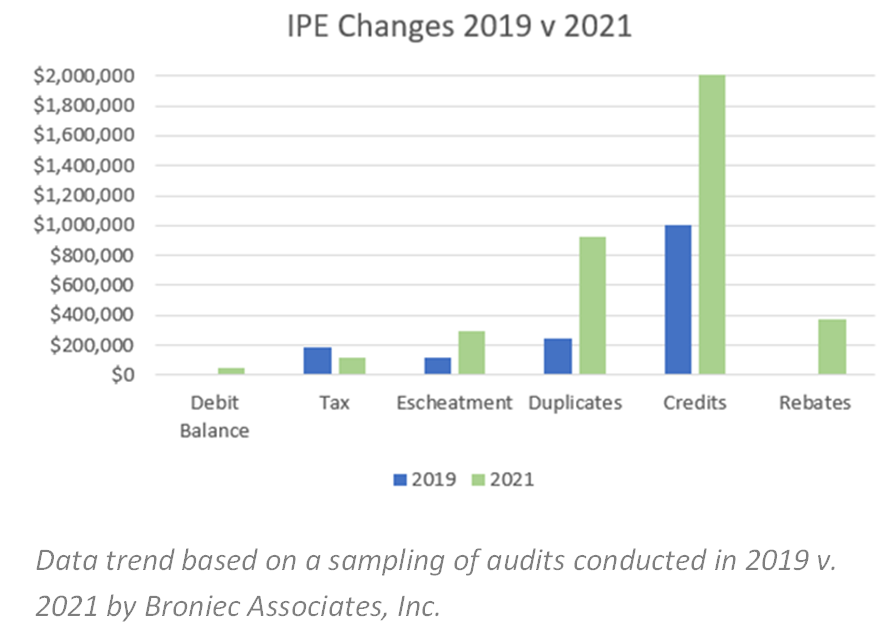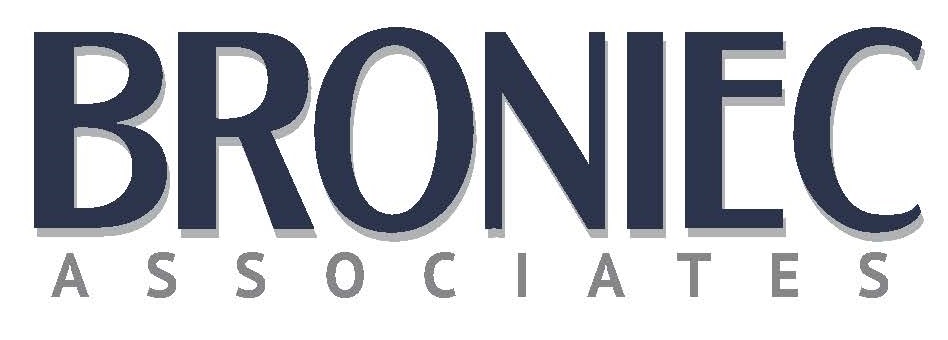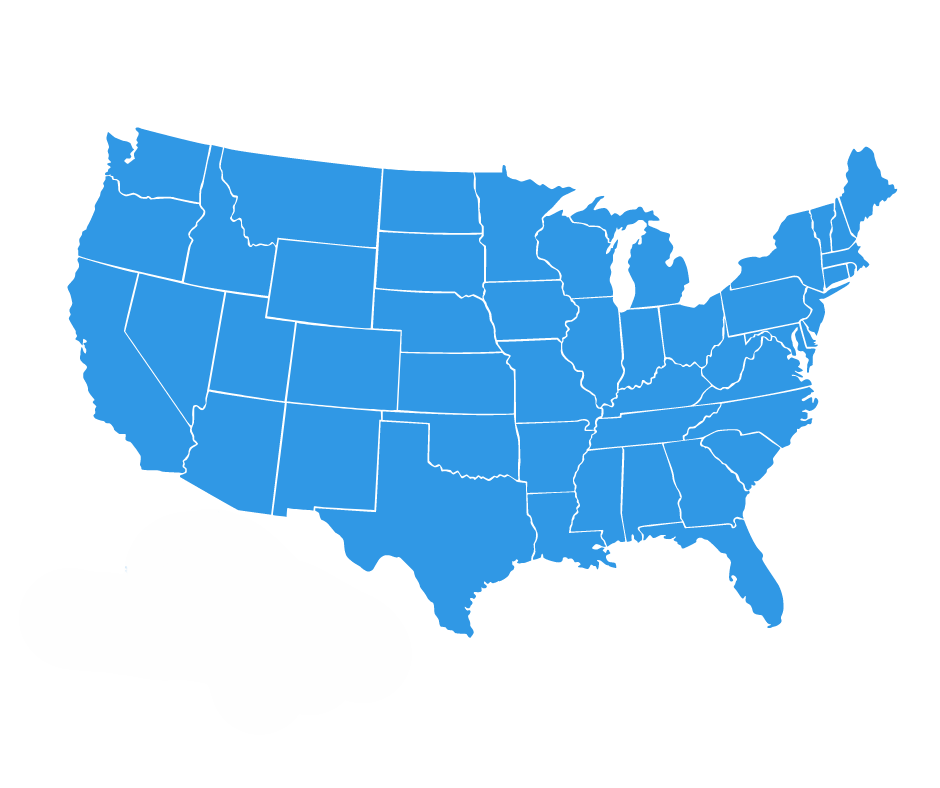Czech Republic: Since 2019
Business White Paper
COVID’s Impact on Accounts Payable Worldwide: Error Rates Rise by 40%
Accounts payable professionals worldwide faced a myriad of challenges over the last decade. With the onset of the COVID-19 pandemic the world changed, and those challenges became even more intense. Working remotely suddenly became the new normal, with companies forced to develop and transition to new protocols. As large organizations grappled with changes triggered by COVID, invoice processing errors (IPE) have increased by 40% since March 2020, with some experiencing error rates increasing over 300%.
Ongoing Issues
The top 3 drivers include headcount reductions, working remotely, implementation of new processes, and procedural breakdowns. According to the Institute of Finance and Management (IOFM)’s 2020 AP Operational Behavior Study, one in ten AP specialists resigned from their positions in Q2 2020. The reduction in headcount coupled with a steady increase in supplier inquiries led to significant increases in processing errors and fraud.
During the COVID era, most companies transitioned to online invoicing and payment processing. Yet, the 2019 Payables Insight Report says 24% of large companies still scanned and emailed invoices manually. Additional COVID-induced scenarios include suppliers submitting invoices late, invoices being sent to empty offices, payments being delayed or not paid resulting in multiple invoices being submitted by suppliers, lack of resources, disruption to outsourced AP processors, discretionary spending, and restructuring. Approximately one-third of the increase in IPE is driven by suppliers.
The increase in financial pressure coupled with supply chain disruptions have been felt globally. IOFM states that nearly one in four companies identified fraud and compliance issues are one of the main challenges that AP faces today (IOFM, New Operational Challenges and Risks – Virtual Town Hall 200427). Despite best efforts, the remote environment provides more opportunity to bypass controls. One of the most common exceptions and opportunities for fraud was the receipt of invoice before goods as companies struggled with delivery and cash flow issues. As a result of supply chain issues, many companies quickly onboarded new suppliers, bypassing standard onboarding processes. This practice can easily create duplications in the master file resulting in duplicate payments.
The New, New Normal
Moving into 2023, companies continue to restructure, making additional changes to personnel, systems, technology, and procedures. The purchase-to-pay process has become a significantly more complex environment than just three years earlier. AP professionals have realized just how vulnerable their organization’s cash flow and assets are under the weight of a severe event. The lessons learned are these – effectively managing change, supply chains are invaluable, the workplace must be adaptable, clear communication, and ongoing training are key.
So, the question rests with how best to ensure peak efficiency and reduce IPE to historical lower levels. “One immediate priority is to review changes to standing policies that were made during the pandemic to ensure those changes don’t themselves pose a risk. For organizations that truncated or skipped past policies to deal with the crisis, some of those changes may be working and worth continuing. But especially in the areas of technology and hiring, shortcuts can be dangerous” (Redefining the Resilient Organization, Institute of Internal Auditors, 2023).
A Critical Step
A comprehensive accounts payable audit of the critical period of 2020 through 2022 is vital in returning hard dollar recoveries lost to IPE, confirming the P2P process is intact, and providing peace of mind following this volatile time. The world of AP will always face challenges, small to global in scale, but companies can learn to navigate the new normal with greater peace of mind and stability by practicing continued due diligence in their daily operations and verifying processes on an ongoing basis.



